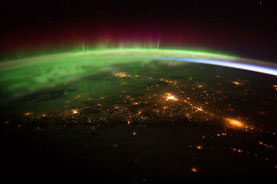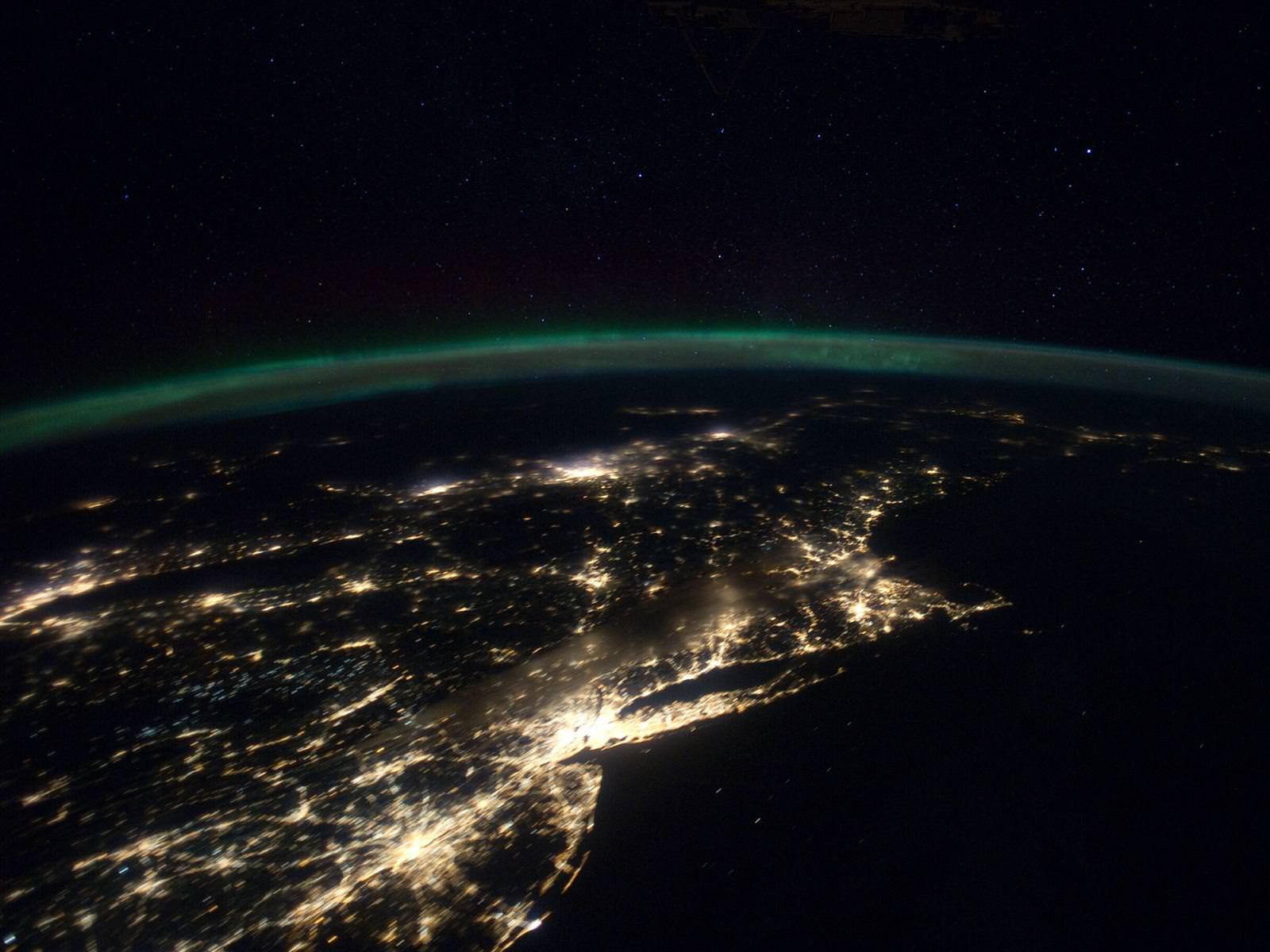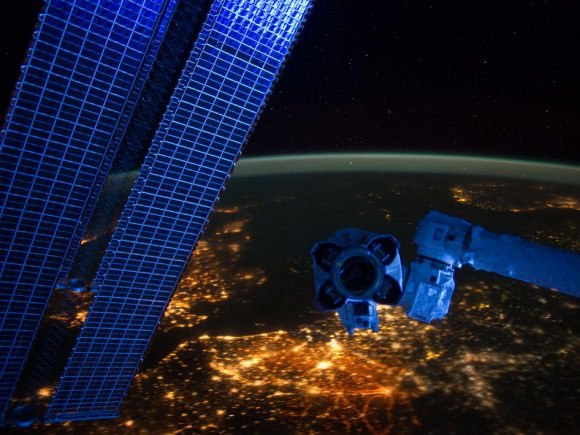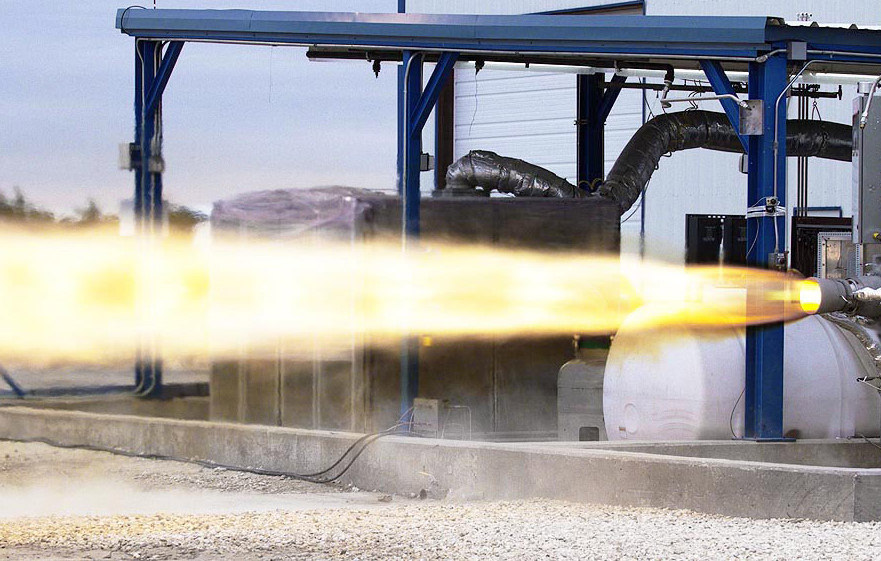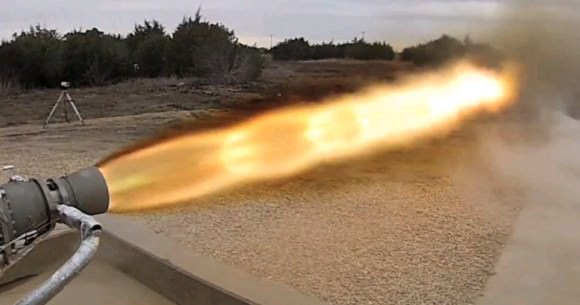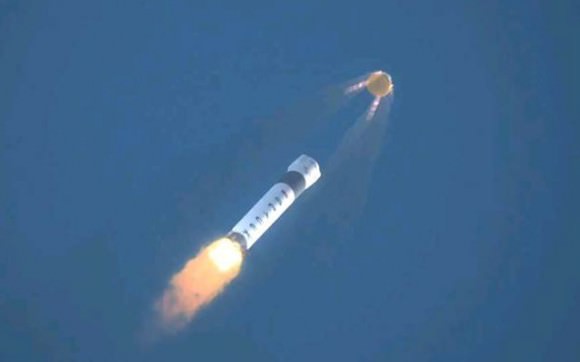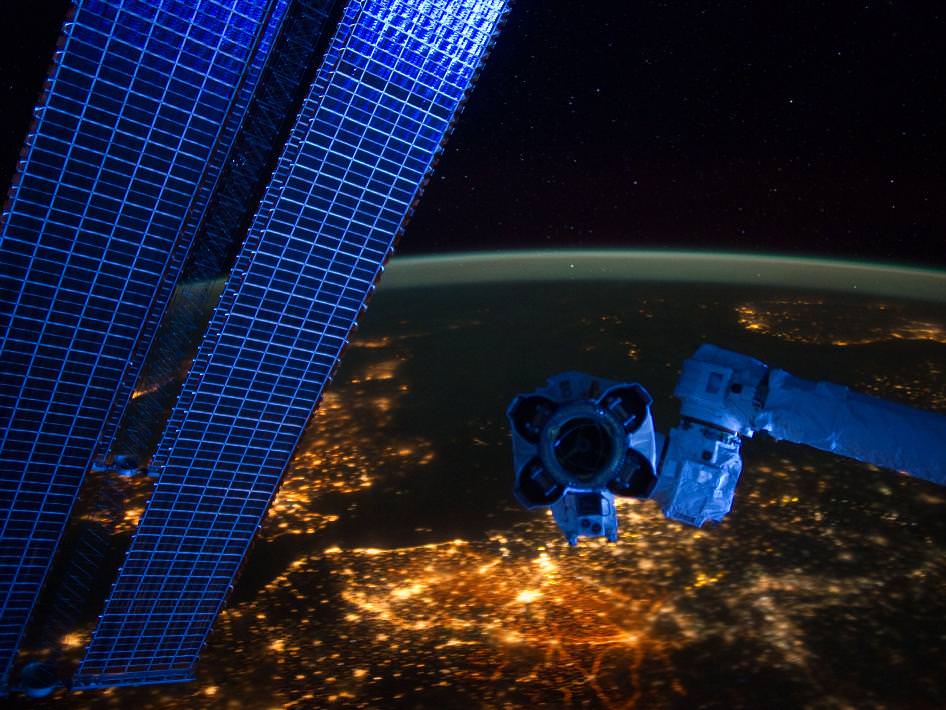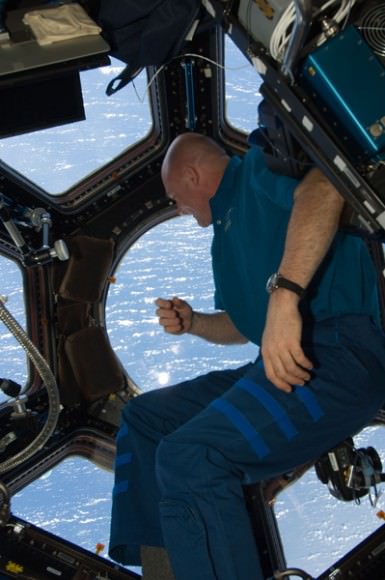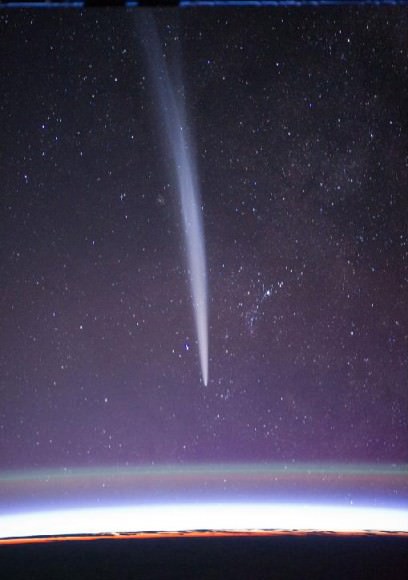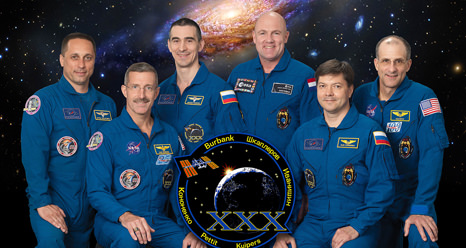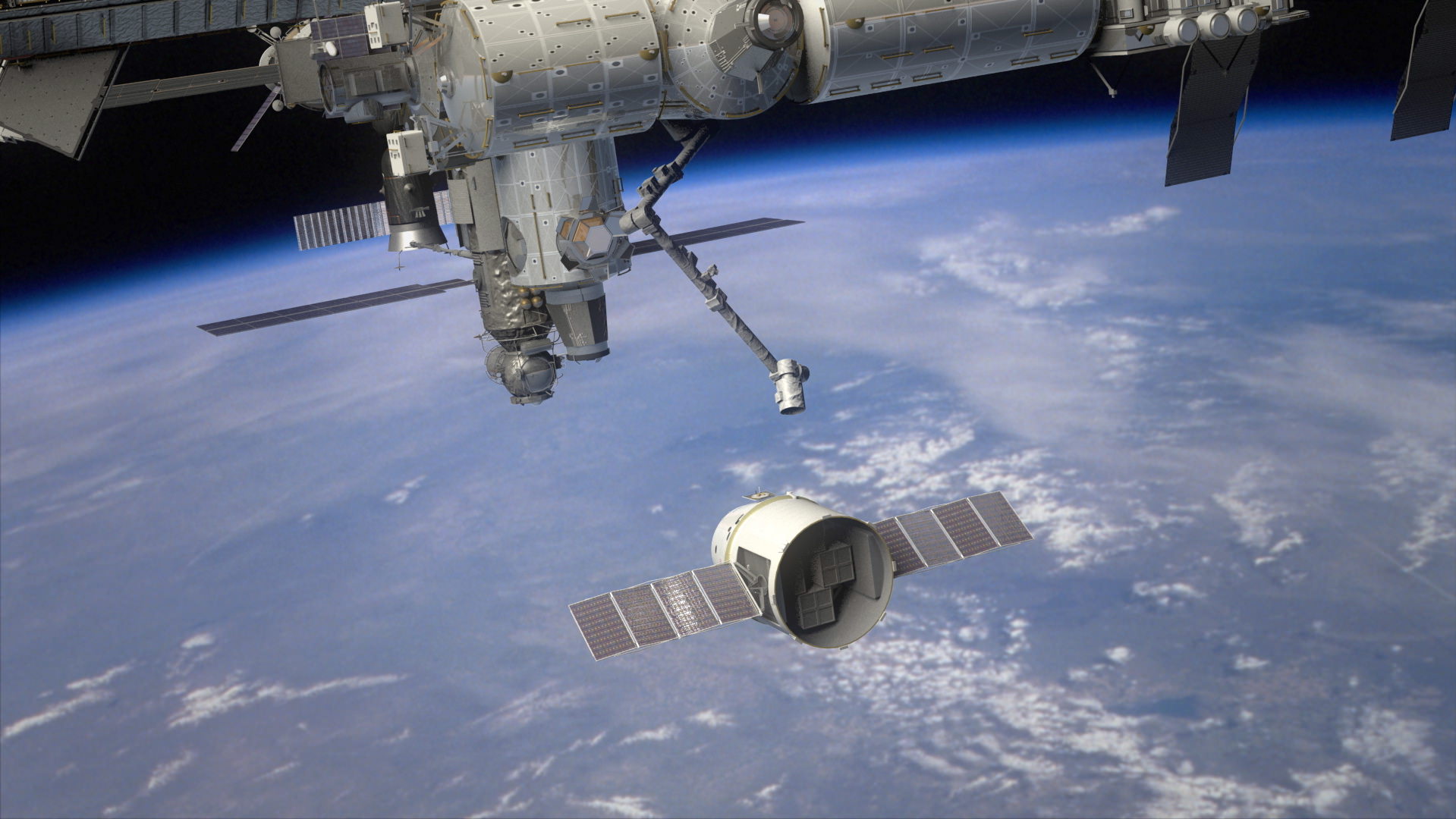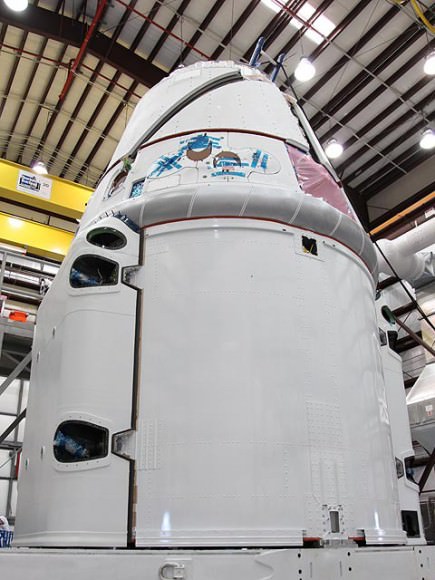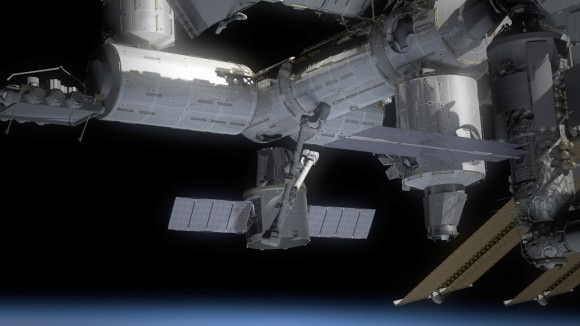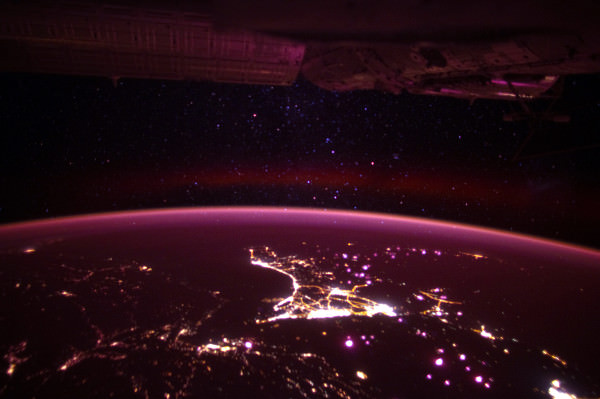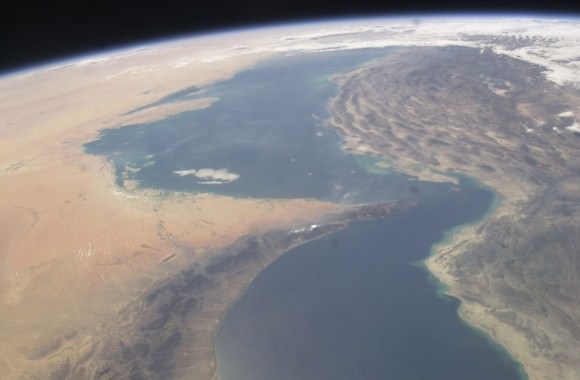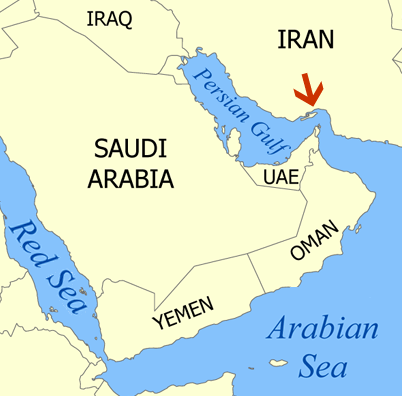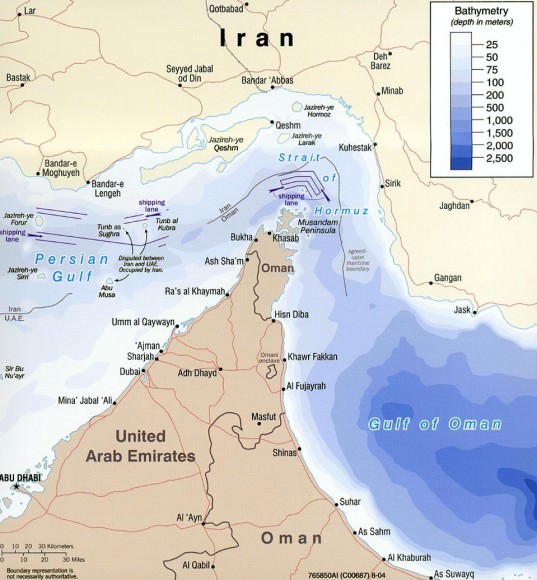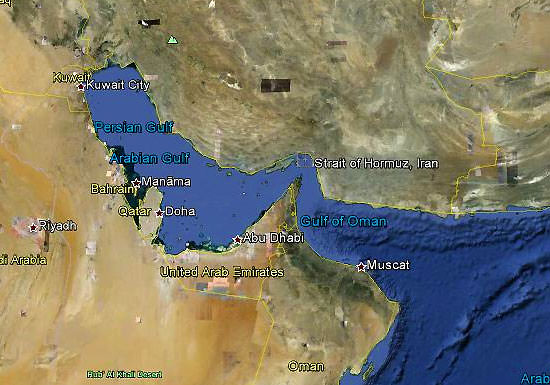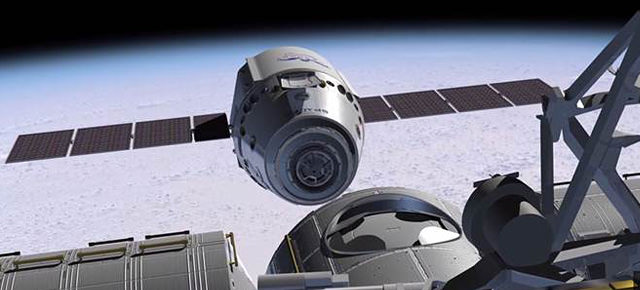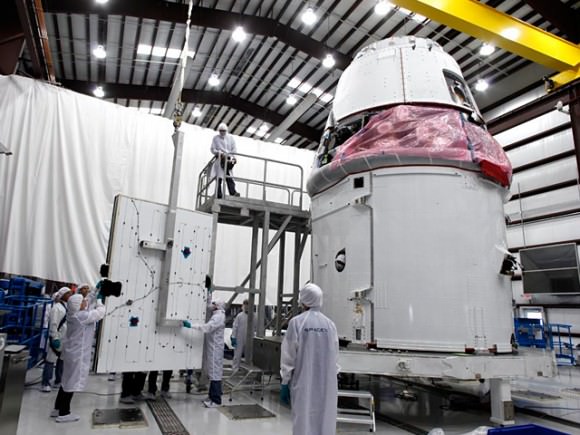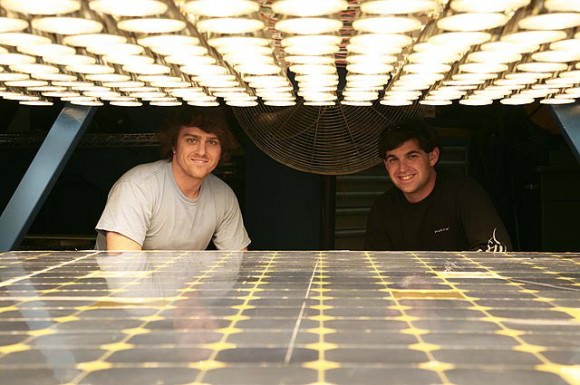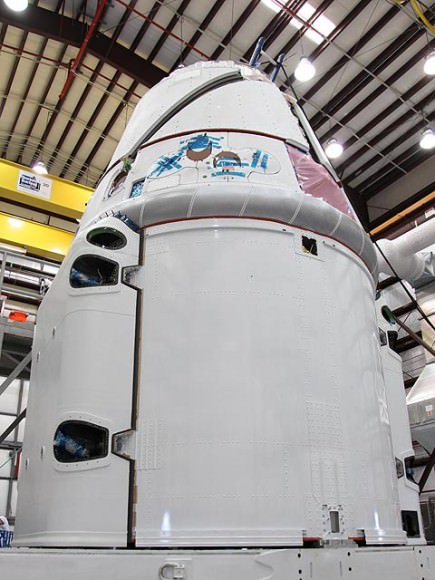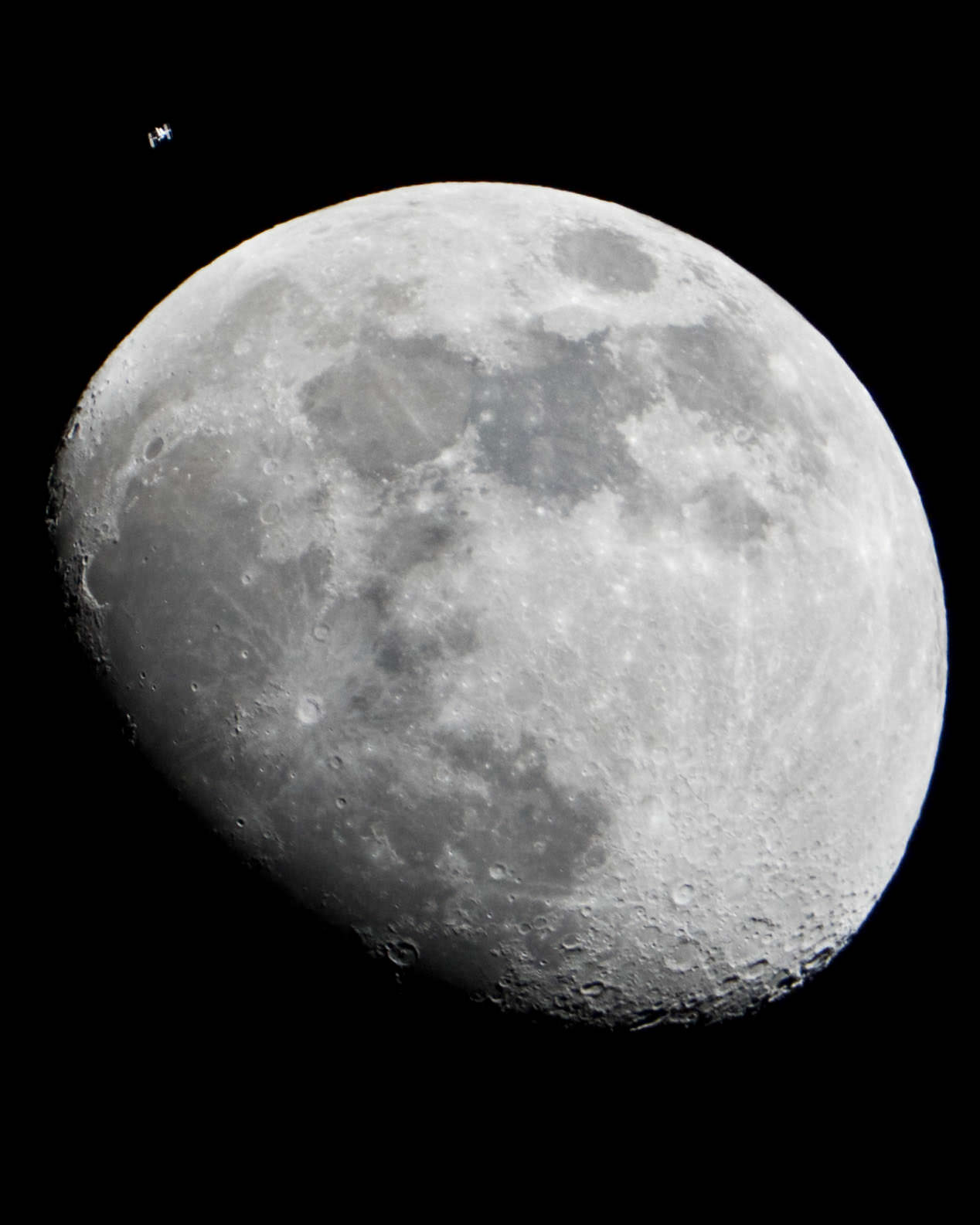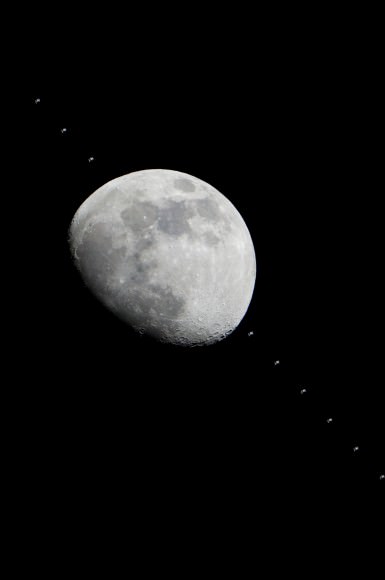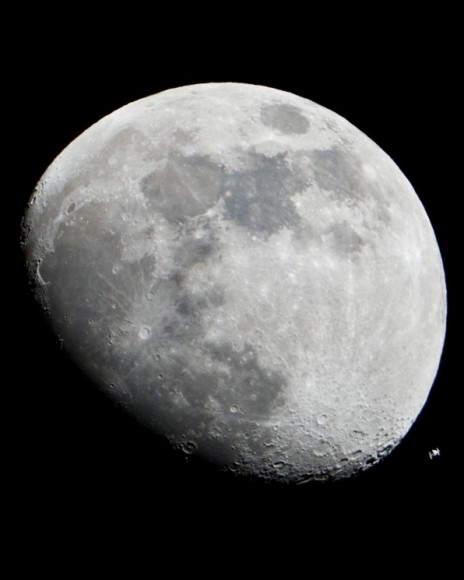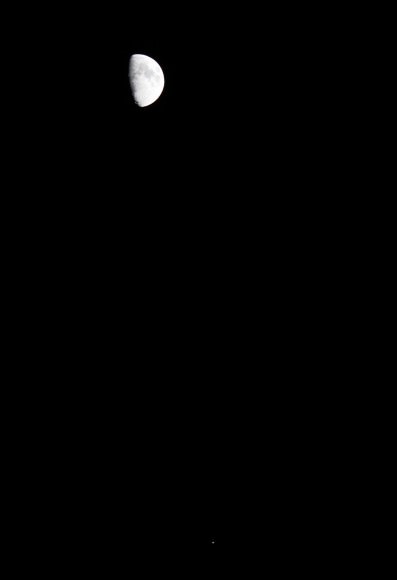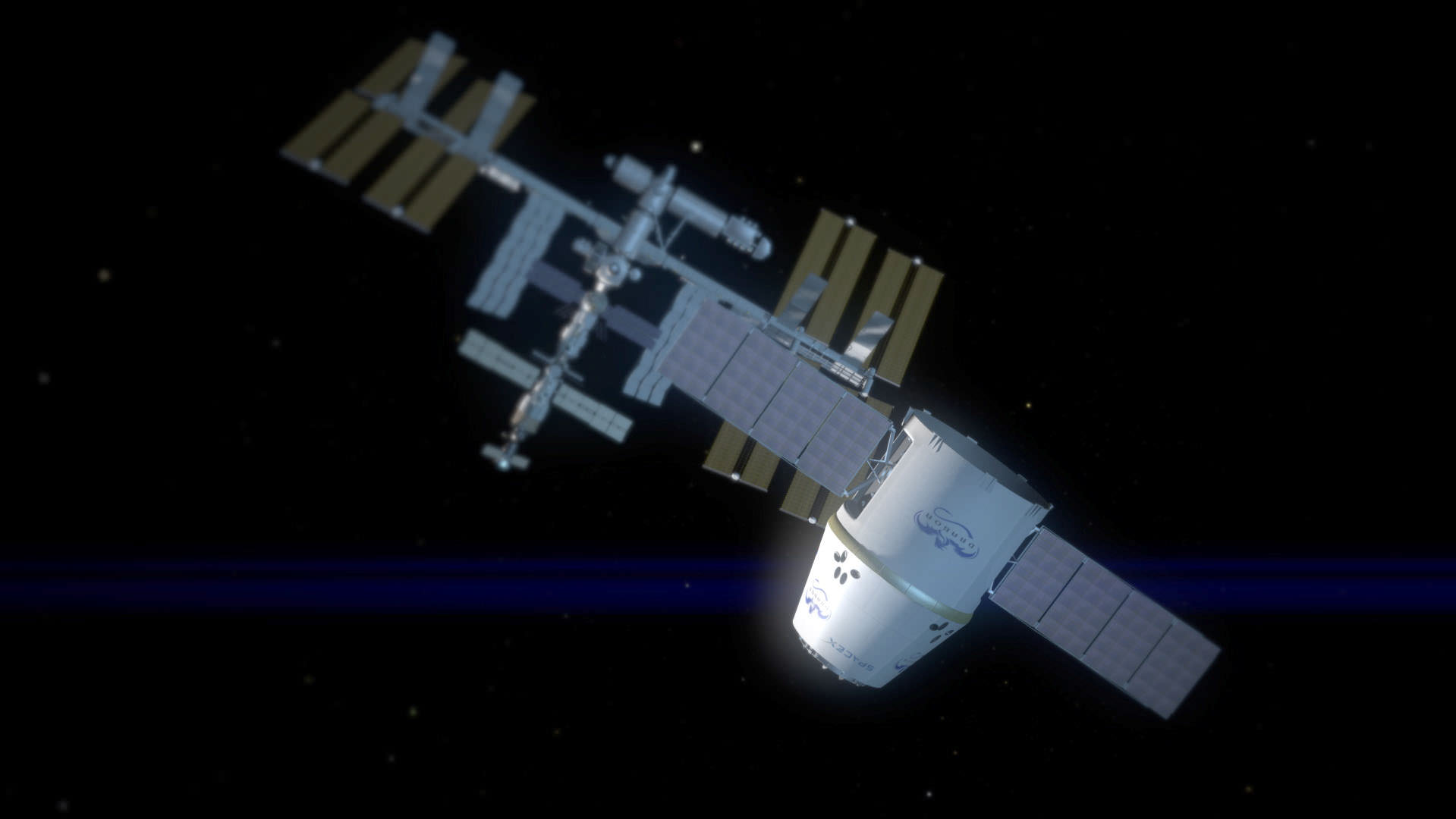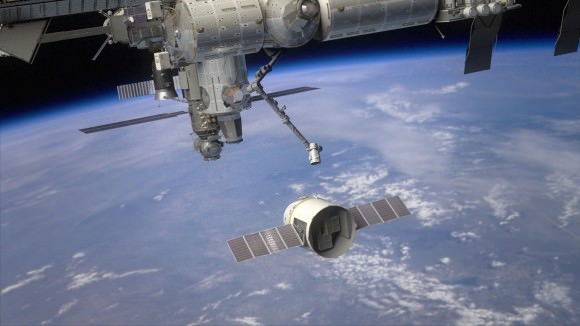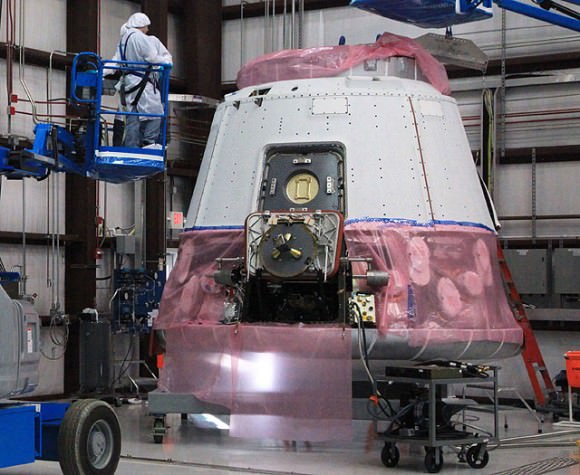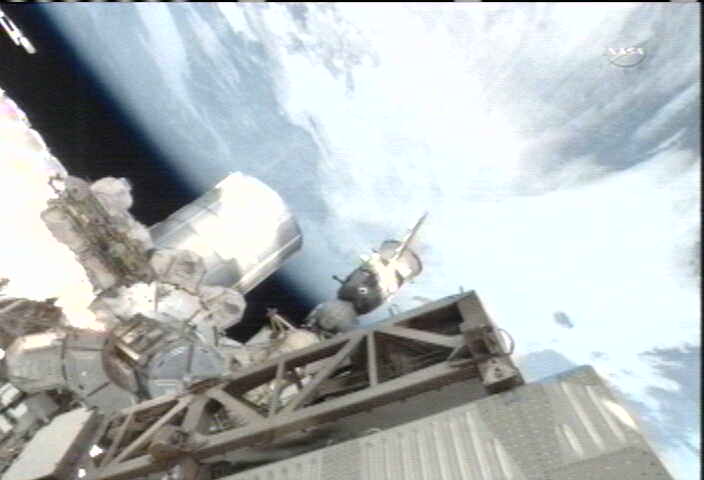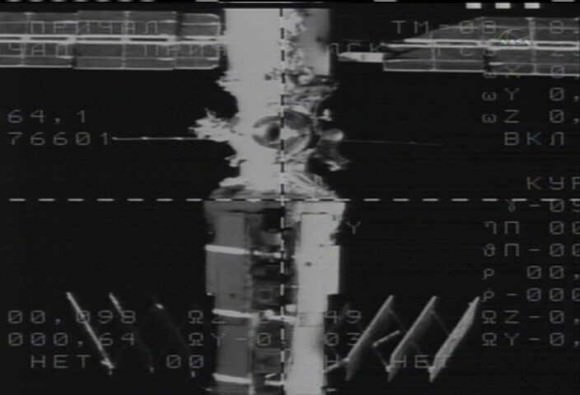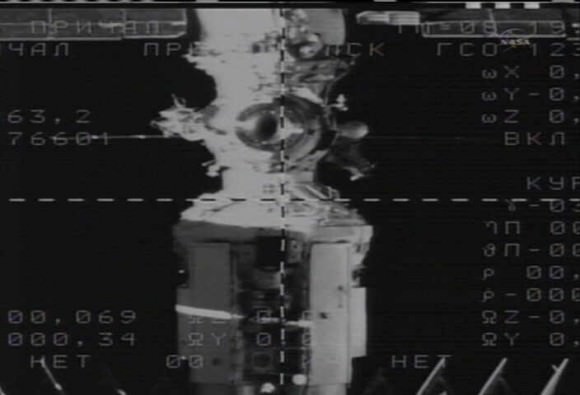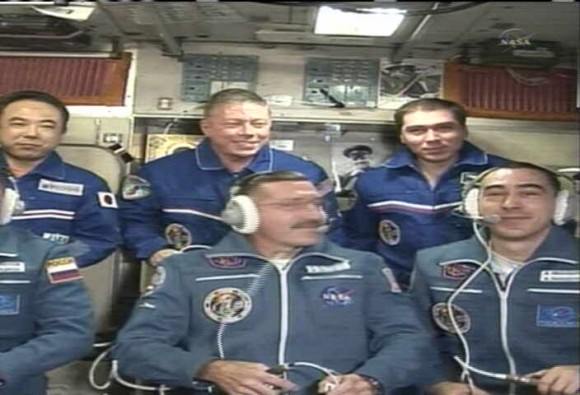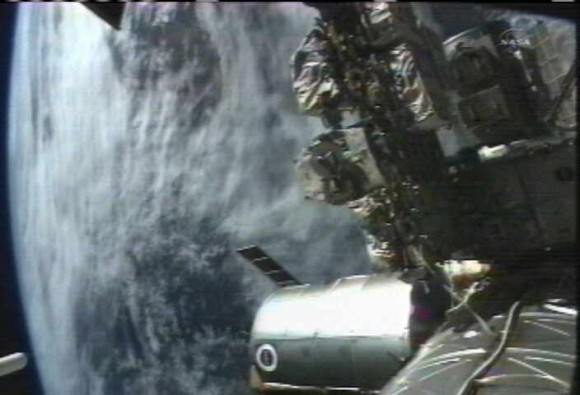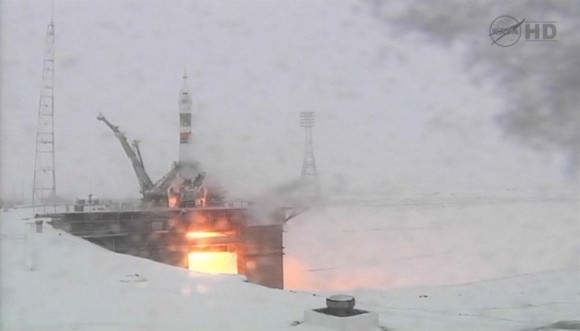Video Caption: Up the East Coast of North America. Credit: NASA
The North American continent is literally set ablaze in a confluence of Auroral and Manmade light captured in spectacular new videos snapped by the astronauts serving aboard the International Space Station (ISS).
The Expedition 30 crew has recently filmed lengthy sequences of images that are among the most stunning ever taken by astronauts flying in orbit some 240 miles (385 kilometers) over the United States and Canada.
[/caption]
Teams working at the Crew Earth Observations center at NASA’s Johnson Space Center in Houston, Texas have assembled hundreds of individual still images taken onboard the ISS into a series of amazing videos.
Two videos collected here focus on the East and West coasts of North America and show the path traveled by the station from the crew’s perspective as they photographed the light emitted by hundreds of millions of humans living below and the brilliant light of the Aurora Borealis shining above them.
Recently we highlighted a single night time snapshot of the East Coast and tens of millions of humans.
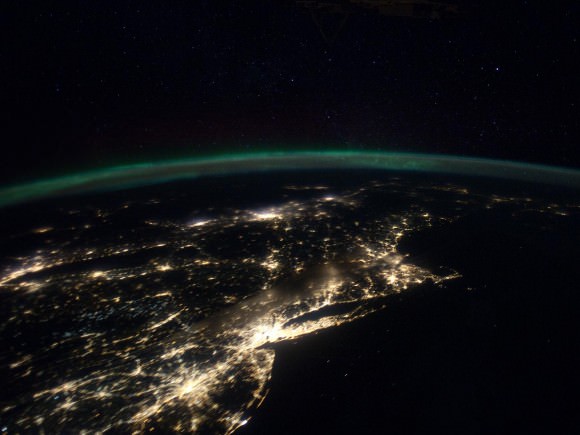
Astronauts captured this stunning nighttime panorama of the major cities along the East Coast of the United States on Jan. 29. Credit: NASA
Now the NASA team has assembled the entire sequence of images taken on January 29, 2012 from 05:33:11 to 05:48:10 GMT into a video -see above.
The orbital pass runs from Central America just southwest of Mexico and continues to the North Atlantic Ocean, northeast of Newfoundland. It begins by looking over Central America towards the Gulf of Mexico and the southeastern United States. As the ISS travels northeast over the gulf, some southeastern United States cities can be distinguished, like New Orleans, Mobile, Jacksonville, and Atlanta. Continuing up the east coast, some northeastern states, like Washington, D.C., Baltimore, Philadelphia, and New York City stand out brightly along the coastline. The Aurora Borealis shines in the background as the pass finishes near Newfoundland
The 2nd video is titled “Across Southwest Canada at Night”
This sequence of shots was taken January 25, 2012 from 12:34:11 to 12:36:28 GMT, on a pass from near the border of British Columbia, Canada and Washington state, near Vancouver Island, to southern Alberta, near Calgary.
The main focus of this video is the Aurora Borealis over Canada, which appears very near the ISS during this short and exciting video.
And don’t forget the fabulous ISS shots of Comet Lovejoy taken in December 2011 by Expedition 30 Commander Dan Burbank.
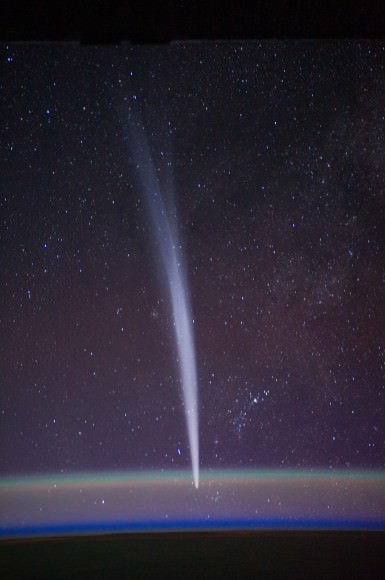
For an otherworldly and eerie perspective, click here to see what a Manmade artifact on the surface of Mars looks like as seen from Mars Orbit – also taken just a few days ago on Jan. 29, 2012, but this time by a robot in place of a human !

